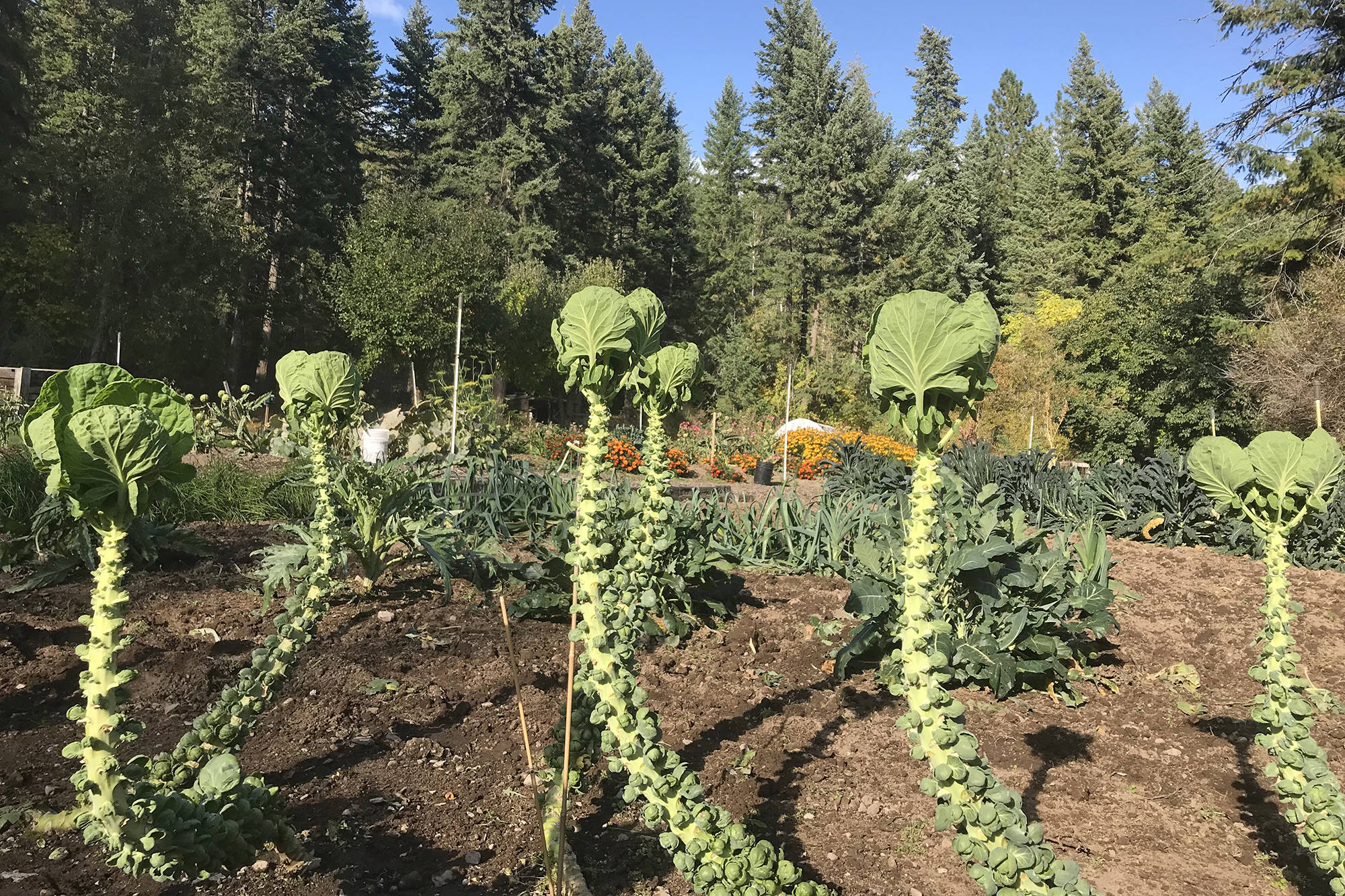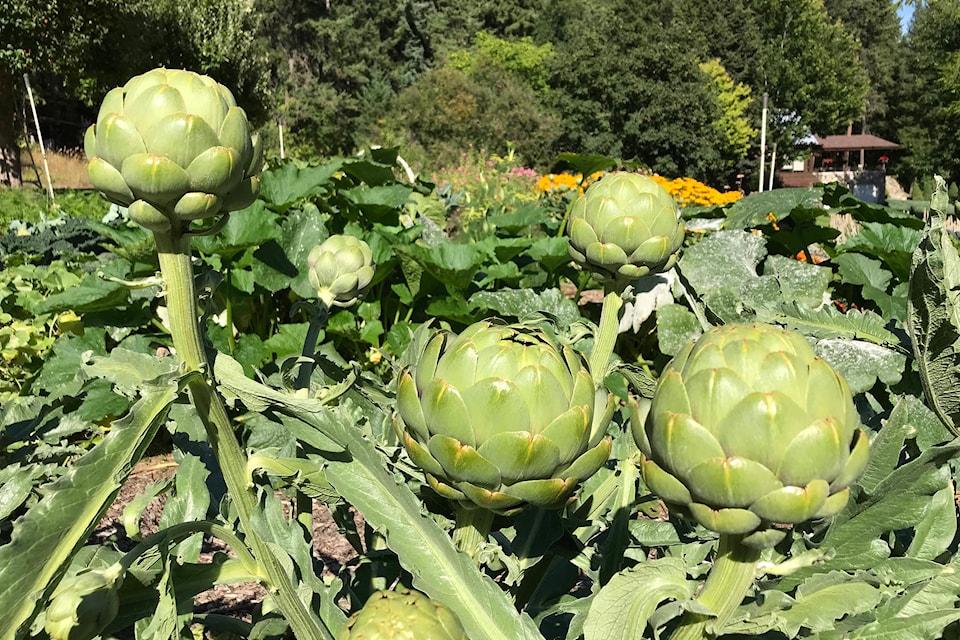By Jim Cooperman
Contributor
The dream of “living off the land” helped influence my decision to move to the Shuswap 51 years ago and live on a rural property above the lake at Lee Creek.
It was just a few years ago that significant progress was made to realize that dream, when there was just one week between consuming the last of the still green garden produce and when the new greens were ready to eat from the greenhouse, along with the asparagus and the parsnips that overwintered in the garden.
Growing our own organic food, while challenging and time-consuming, does provide multiple benefits. Although it can be physically demanding, gardening is more productive than a gym workout, given we are sustained by the fruits of our labour. Five decades of tilling the same land has also included much experimentation and learning, as new crops are tried, different methods are used and pests, inclement weather and diseases take their toll.
During the summer, our vegetarian meals are a cornucopia of salads and vegetables direct from the garden, including some unfamiliar varieties. In addition to the standards like peas, corn, beans, onions, cucumbers, beets, peppers, tomatoes and all the cruciferous vegetables, our specialty is the artichoke.
In just the last two years we added a new vegetable to our list: fennel. It is resistant to most pests, easy to grow and can be planted throughout the summer for multiple crops.
Key to being able to consume homegrown veggies year round is having effective storage methods. I built our first root cellar out of cedar logs in 1973 and used dynamite to blast out the rock in the hillside where it was built. It lasted over 40 years, until the logs finally rotted away. Our new cellar is made of concrete and faced with rock. Stored there now are potatoes, beets, leeks, carrots, kale, Brussels spouts on the stem and apples. Just this fall, I learned that placing the stalks of kale in a container of water helps it stay crisp much longer.
In our freezers, we have corn, peas, raspberries, currents, melon, cherries, blueberries, strawberries, Haskap berries, pesto and soups. Since freezing lowers the nutritional value of the cruciferous vegetables, we make soup out of the cauliflower and broccoli. As well, we found fennel soup to be one of the tastiest. Others soups include vichyssoise, squash and pear-parsnip. There is nothing like a hot, homemade soup for lunch on a cold winter day.
Read more: Column: Visualizing a better future for the Shuswap
Read more: Column: New strategies needed for recovery from pandemic
Some vegetables only need a dry, cool place in the house for storage, such as onions, garlic and winter squash. Canning and pickling are the other two key methods of storage. Pickling has an added health advantage because fermentation adds healthy bacteria to one’s gut that aids in digestion. In addition to canned whole tomatoes, we have tomato chutney, paste, salsa, sauce and a soup base that includes garlic and onions. The green beans are pickled, along with carrots. Instead of sauerkraut, we make kimchi, which is so good in sandwiches. Our tomatillo salsa tastes best on tacos and enchiladas.
Beginning in late summer, our food dehydrators are busy drying fruit and herbs, including basil and rosemary. We make our own herbal tea from dried mint, rose petals and lavender that tastes better than most teas from a store.
The most recent addition to help with storage is perhaps the simplest: a used fridge in the garage where the cabbage keeps until spring. Another way we add homegrown nutrition to our meals during the winter is by growing sprouts in a jar and shoots under the lights when we begin starting new plants in March.
This year, for the first time, we grew Romano beans and found these very delicious, and easy to grow, harvest and store in the freezer after a brief parboil. Finally, we have found a delicious protein to add for our winter diet, allowing for some dinners to be almost fully homegrown. Thus, it is possible for nearly complete self-sufficiency in the Shuswap, where a large variety of produce can be grown.
Like us on Facebook and follow us on Twitter

